Lavandula is a genus in the mint family that contains 41 accepted species. And this might be daunting when selecting the variety of lavender that best suits your garden, because there are so many options.
This plant species breakdown will focus on two of the most common selections from the genus, French (L. dentata) and English (L. angustifolia).
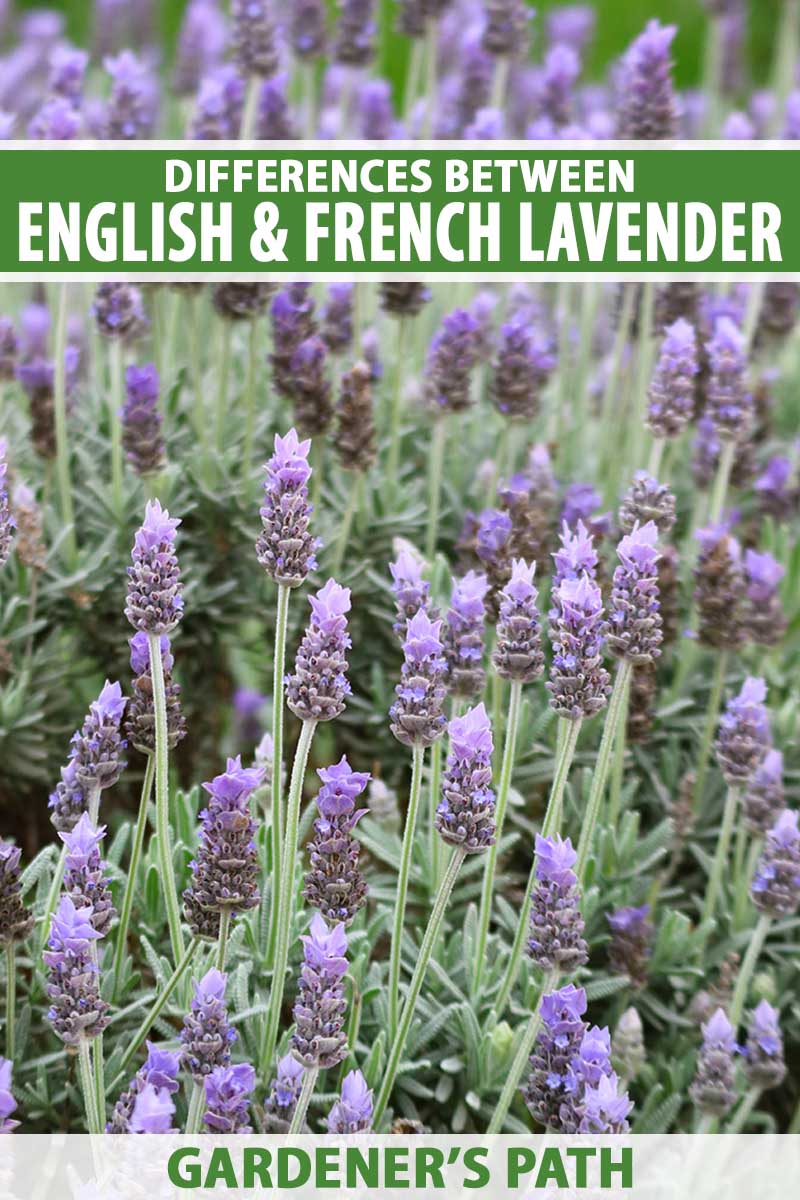
We link to vendors to help you find relevant products. If you buy from one of our links, we may earn a commission.
Lavandula herbs boast many uses, and thanks to the wide range of species and cultivars available, they are perfect for a range of garden designs.
To learn more about adding these fragrant perennials to your landscape or garden, check out our guide on how to grow lavender.
L. dentata and L. angustifolia differ in appearance, so once you know what to look for, it will be easy to differentiate between the two.
First, I’ll highlight the features of each, and then I’ll explain their differences and best uses.
French vs. English Lavender: What’s the Difference?
French Lavender
The French type, L. dentata, is also commonly known as fringed lavender.
This refers to the shape of its leaves, which have toothed edges. Dentata is a Latin word that translates to “toothed” in English.
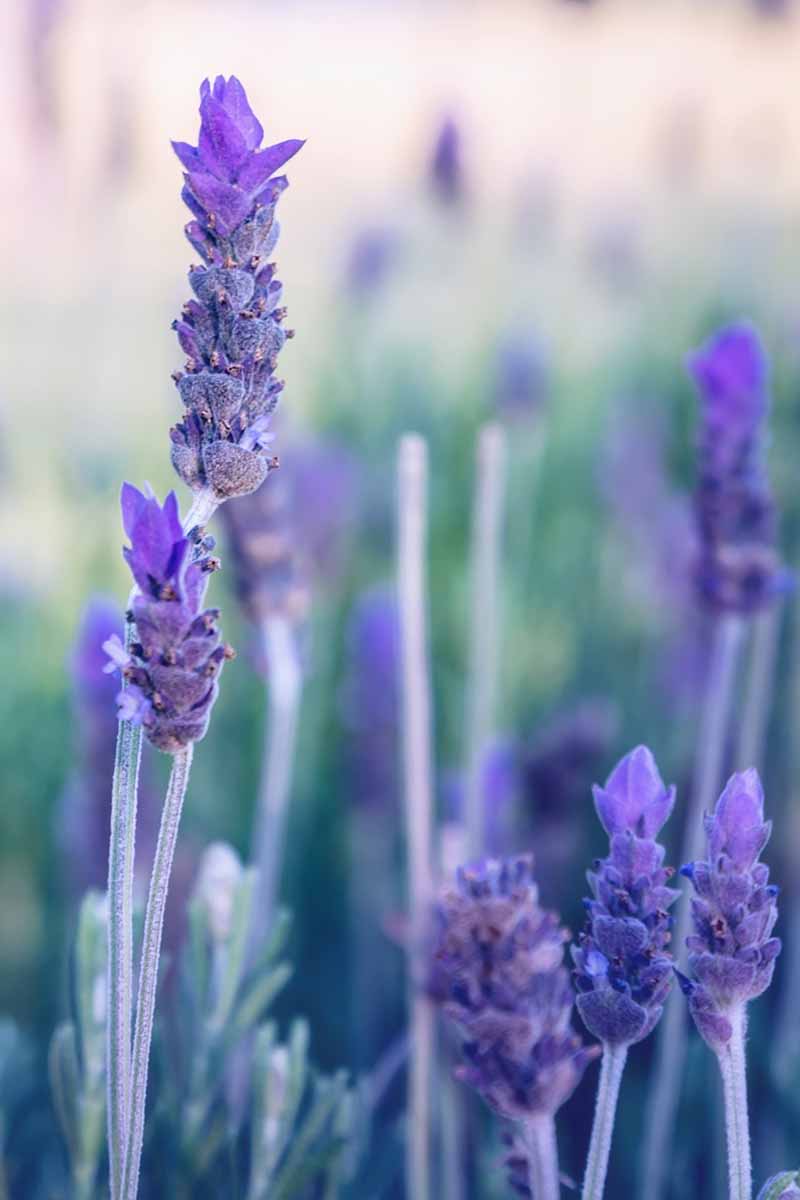
L. dentata enjoys warm climates and is hardy in Zones 8 through 10, where plants can reach four feet in width and an equal height.
This species has gray-green foliage and pretty pale purple flowers that have a long bloom time.
The species may be confused for L. stoechas since both are sometimes referred to commonly as French lavender, though this is more typical in the UK.

L. dentata is native to southwest Asia, North Africa, and the Mediterranean region. L. stoechas, aka topped or Spanish lavender in the US, is native to the Mediterranean region.
English Lavender
The English type, L. angustifolia, was formerly classified as L. officinalis.
This Lavandula species is also known as common lavender, or it may be referred to as narrow-leaved lavender because of its elongated and narrow leaves, as suggested by the specific epithet “angustifolia.”
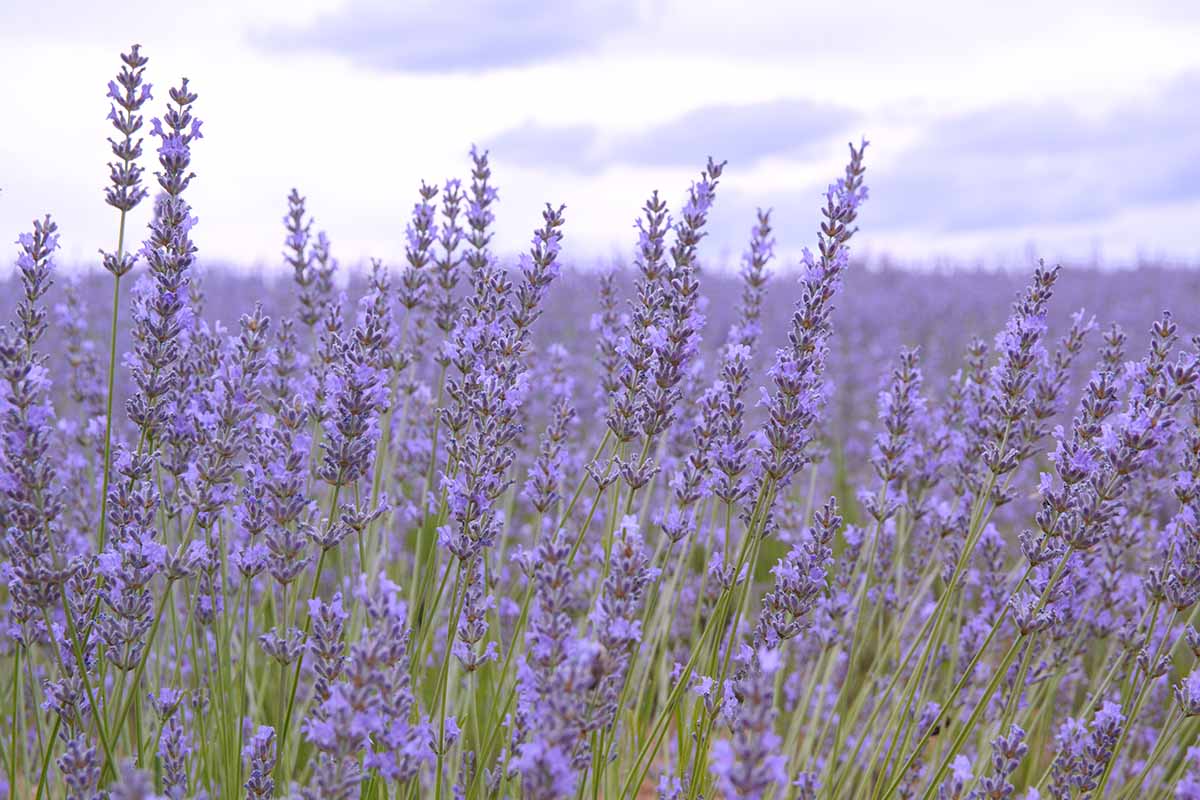
Despite its most prevalent common name, this aromatic herb is not native to England. The perennial shrub is native to Spain, France, Italy, and the Balkan region. It’s hardy in Zones 5 through 10.
Like many other types, the English variety thrives in well-drained soil.
However, this species’ flower production will slow when temperatures increase, and it prefers lower humidity levels. The shrub can grow up to eight feet in width and six feet in height.
Notable Differences
Both species thrive when the weather is warm, but the English type is cold hardy, and can tolerate frosts. The French variety needs to be brought indoors to survive cold winters, or it may be grown as an annual.
English lavender requires more space to grow, while the French type is compact and can be grown in containers.

Aside from the difference in their mature sizes, the leaves and flowers of these species help gardeners to tell them apart.
L. angustifolia has cone-shaped inflorescences that are larger at the bottom, with no bracts at the tip. The foliage is blue-green and can appear to have a silver sheen.
L. dentata has elongated inflorescences that have short bracts at the tip. Their gray-green leaves are lance-shaped with toothed edges and they have a slightly wooly texture.
Both species’ flower heads are near the same size, ranging from one to three inches.
Best Uses
French lavender is a popular ornamental perennial in warmer climates, where it’s often planted in hedges and can be found frequently in commercial landscaping designs. L. dentata is also fitting for use in container gardens, thanks to its compact size.
The flowers of the French type don’t offer as much essential oil as those of the English variety, but their leaves make up for what the flowers lack in aroma. The French species is commonly used in drawer sachets, soaps, and potpourri mixes.
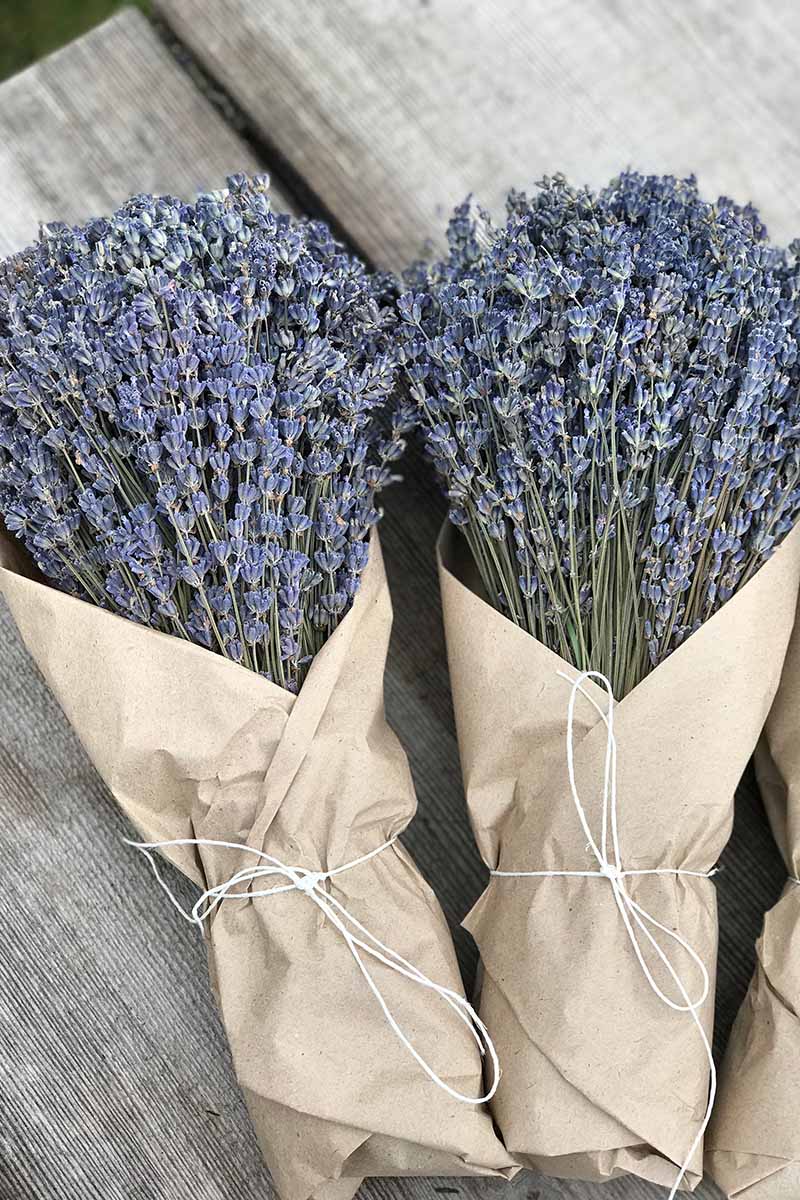
English lavender is a popular selection for herbal gardens. Because of the intense aroma exuded by the flowers and leaves, this species and its cultivars are grown primarily for essential oil production in commercial operations.
In addition, the herb is used in many culinary dishes, beverages, and herbal remedies, as well as aromatherapy.
A recent systematic review and meta-analysis published in the journal Complementary Therapies in Medicine aimed to assess the ability of L. angustifolia to reduce stress.
It concluded that lavender can significantly reduce stress, and use of the herb may be considered as part of a stress management program.
The strong, long stems of this species make them perfect for dried bouquets. I place mine in vases like this matte hand-painted terra cotta one from Terrain, available in black or white.
They make a subtle statement in my living space while filling the air with their refreshing scent.
Superb Scented Garden Selections
No scented garden is complete without Lavandula! Both of the species covered here provide a comforting and rich fragrance.
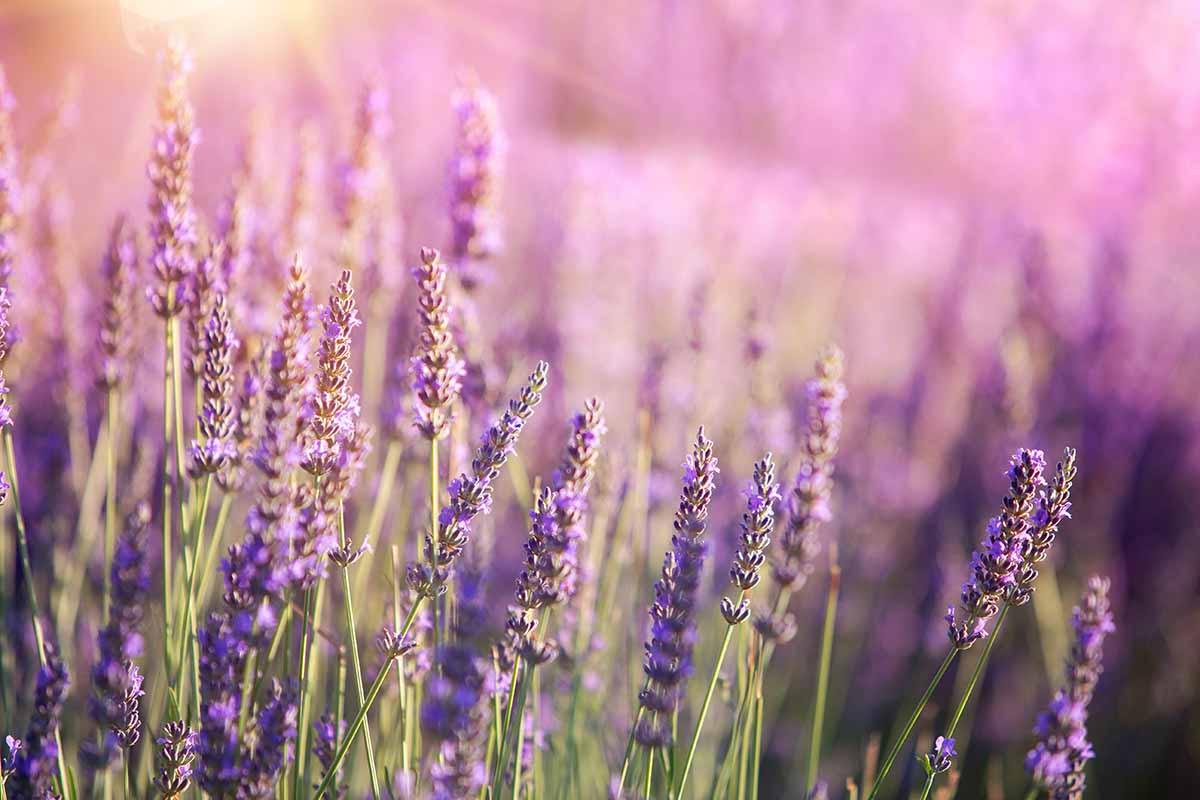
Various types of lavender are growing in my Zone 10 garden, and the English variety is a staple in my apothecary and kitchen. Life with this herb nearby is a balm!
Even when I’m not cutting flowers, I enjoy visiting the garden and running my hands through the flowers, stems, and leaves to experience their aroma, which helps to calm my mind.
How do you use this herb? Do you have a favorite type? Let’s talk about it! Leave your thoughts in the comments section below.
Hungry for more? Learn more about lavender in these guides next:
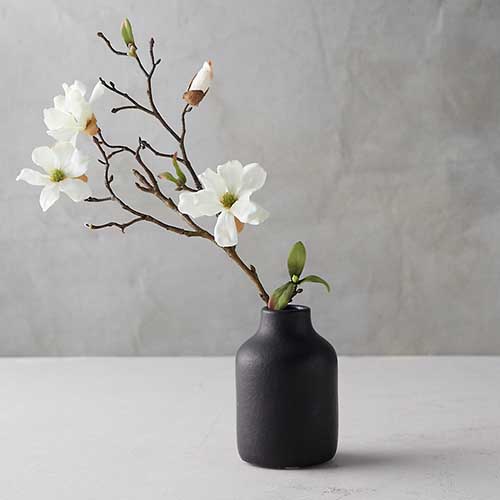
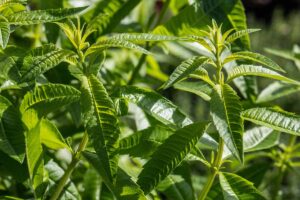
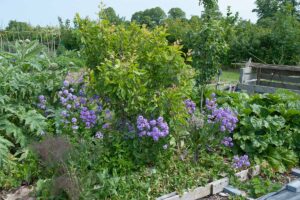
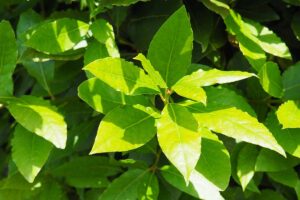
Thank you for this information! I have been using Lavandula Augustifolia as an essential oil for diffusing in my home for most of my adult life. It’s a must in our house. I’ve been trying to discover which lavender plant is best to use for pain and anxiety, diffused. However, there does not seem to be an agreeing consensus on this, besides how much a specific plant can produce for oil. Have you discovered one is better than the other? I’m trying to decide between Lavandula Augustifolia, Grosso, or a Hybrida. Any suggestions? Thank you again for the great article!… Read more »